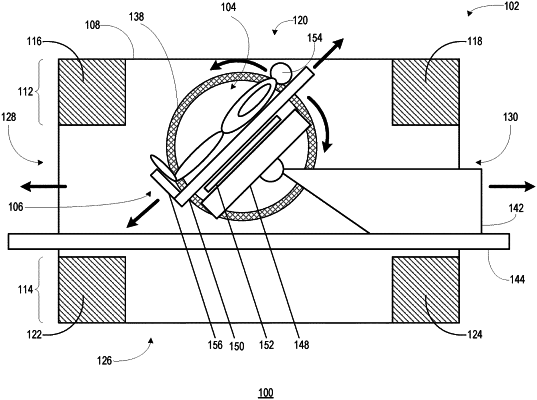| CPC A61B 5/055 (2013.01) [A61B 5/0036 (2018.08); A61B 5/4566 (2013.01); A61B 5/702 (2013.01); A61B 17/3403 (2013.01); A61B 18/20 (2013.01); G01R 33/3806 (2013.01); A61B 2018/00339 (2013.01)] | 12 Claims |

|
1. An apparatus for positioning a subject in an upright sitting position, the apparatus comprising:
a bed configured to be positioned in a partially upright or fully upright position;
a first extension member connected to the bed and extending upward from a first location in a direction away from the bed when the bed is in the partially upright or fully upright position, wherein the first location is located a first distance from the bed;
a second extension member connected to the bed and extending upward from a second location in a direction towards the bed when the bed is in the partially upright or fully upright position, wherein the second location is located a second distance from the bed that is greater than the first distance;
a first subject receiving surface mounted to the first extension member, wherein a top surface of the first subject receiving surface faces away from the first extension member and is adapted for a subject to sit on; and
a second subject receiving surface mounted to the second extension member, wherein a top surface of the second subject receiving surface faces away from the second extension member and is adapted for the knees of the subject to rest on.
|